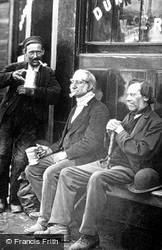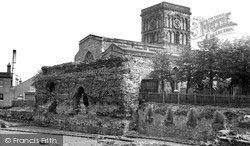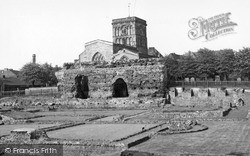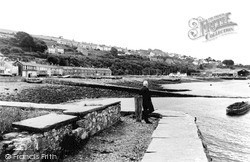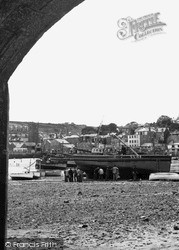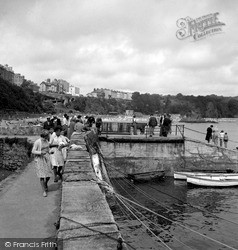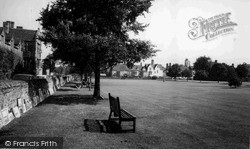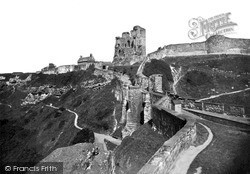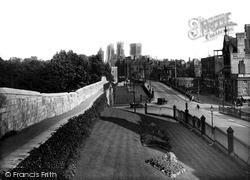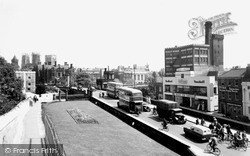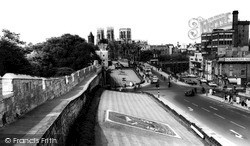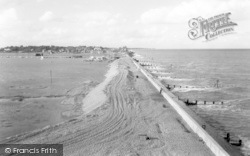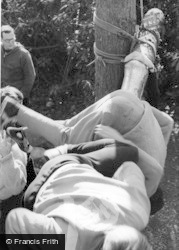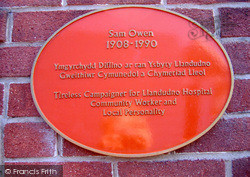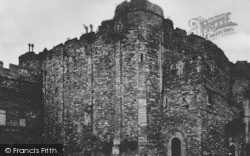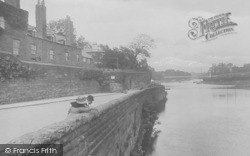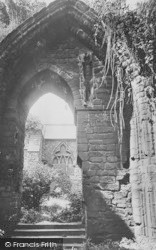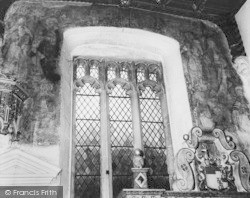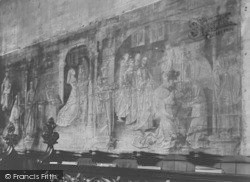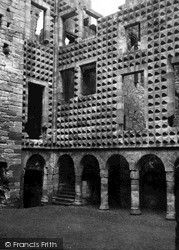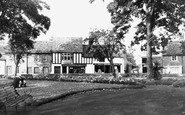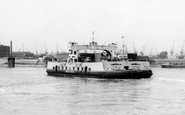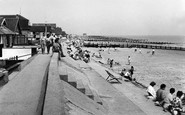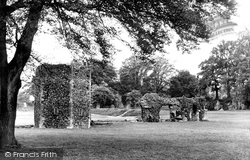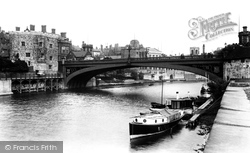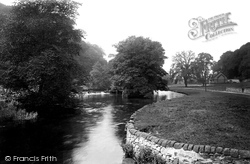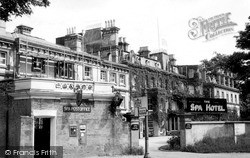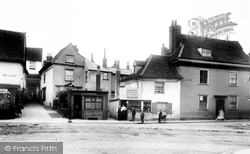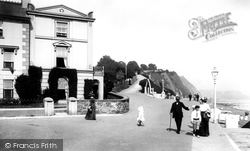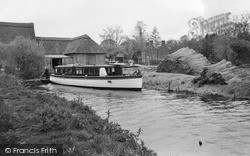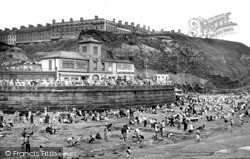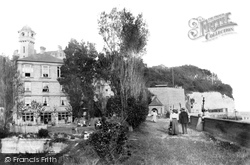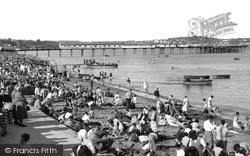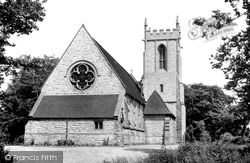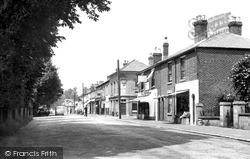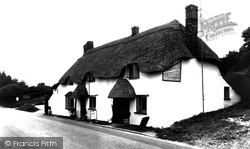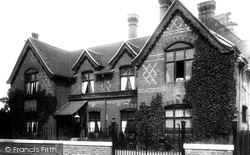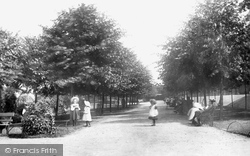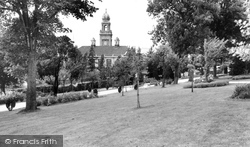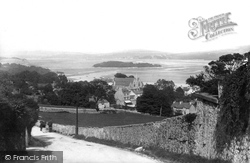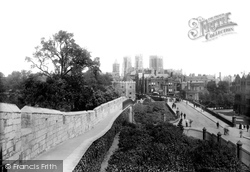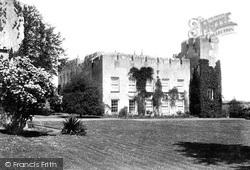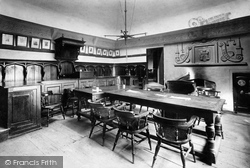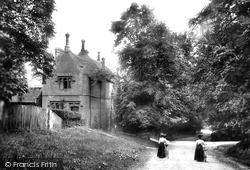Places
25 places found.
Those places high-lighted have photos. All locations may have maps, books and memories.
- East Wall, Republic of Ireland
- Pell Wall, Shropshire
- Wall, Northumberland
- Heddon-on-the-Wall, Northumberland
- Walls, Shetland Islands
- Wall, Cornwall
- Wall, Staffordshire
- East Wall, Shropshire
- Wall End, Kent
- Hobbs Wall, Avon
- Wall Bank, Shropshire
- Wall Nook, Durham
- Knowl Wall, Staffordshire
- Hazelton Walls, Fife
- Wall Mead, Avon
- Mid Walls, Shetland Islands
- Greetland Wall Nook, Yorkshire
- Aston le Walls, Northamptonshire
- Wall Heath, West Midlands
- Wall Hill, Greater Manchester
- Wall End, Cumbria (near Millom)
- Wall under Heywood, Shropshire
- Dale of Walls, Shetland Islands
- Bridge of Walls, Shetland Islands
- Hole-in-the Wall, Hereford & Worcester
Photos
516 photos found. Showing results 181 to 200.
Maps
172 maps found.
Books
Sorry, no books were found that related to your search.
Memories
1,989 memories found. Showing results 91 to 100.
Evacuation To Fonab Castle Sept.1939
Evacuation - September 3rd 1939 The government decided that mothers and children should be moved to the countryside away from areas at risk from bombing. On the 3rd, parents and children all gathered at their ...Read more
A memory of Pitlochry in 1930 by
Lound School
I remember walking up (what seemed like then) the long steep hill every morning to go to Lound School... apparently the old one..with the stone walls around it, and the Vicors house across the road. There used to be a ...Read more
A memory of Chapeltown by
Highgate Village In The 1960s
What I am most interested in writing about is how Highgate Village has changed so much since my school days, growing up there in the 1960s. Today most of the shops are coffee shops, estate ...Read more
A memory of Highgate in 1965 by
The Gardens Remembered
I am puzzled as to which year this photo was taken. It must have been very late fifties because my earliest memory of The Rest Garden, as we called it, was when it was still recognizeable as a graveyard. The gravestones (many ...Read more
A memory of Uxbridge by
Waterhouses Bleak Winters
l remember the pit tubs running under the houses to the colliery where my dad worked down the mines, and when we used to chuck his snap over to him when the tub ran past. Also remember the bleak cold winters when ...Read more
A memory of Waterhouses in 1860 by
Royal Signals 1954 56 Grand Depot Road
Hi there, I wonder if anyone remembers a coffe house in Woolwich - all the solders on demob pinned their shoulder flashes on the wall - it was coverd in them. We were stationed at Connaught Baracks. It was ...Read more
A memory of Woolwich in 1955 by
Jaywick Sands From 1954 1960
I first discovered Jaywick when I was just ten years old in 1954. I was taken there by my parents in a 1936 Bedford Van to stay with my uncle Bill, aunt Flo and cousin Bill who was 6 months younger than me. This would be ...Read more
A memory of Jaywick in 1954 by
Amazing Discovery At Rushton Spencer Church !! 1956
My late father, W Gary Bailey, and my grandfather, Master Builder W Lloyd Bailey (who built all of the houses on Brown Lees Road, Brown Lees ) were conducting maintenance work at the church, namely ...Read more
A memory of Biddulph in 1956 by
Lawrence Weston Comprehensive School
I attended Lawrence Weston Comprehensive School from September 6, 1963 until February 1969. Although I had passed my 11 Plus examination very highly (highest in the southwest of England) and wanted to go ...Read more
A memory of Lawrence Weston in 1963 by
Memories
We (me and older brother and sister), stayed in a relatives bungalow really close to the sea several years.. disjointed but strong memories :- - pebble dashed walls - those garden walls made of preformed concrete blocks with patterned ...Read more
A memory of Jaywick
Captions
1,668 captions found. Showing results 217 to 240.
This photograph shows the dovecote at the end of the Abbot's garden, the wall of which is undergoing repairs at the time of the picture.
Built of cast-iron, the bridge was opened in 1863 and improved the city by giving direct access to the original railway station, which was situated within the city walls.
The view today, over 80 years on, is little changed, except that the wall to the right has largely disappeared.
A nice link with the past is this photograph of the Spa post office complete with stamp machine and wall post box.
One row of houses further on is the line of the old Roman wall, whilst just off-camera to the right are the ruins of the Norman St Botolph's Priory, the first in the country founded by the Augustinian
The sea wall leads to the Parson and Clerk rocks, with the railway - surely one of the loveliest stretches of line in the country - running alongside.
The flint walled boatshed on the left is now obscured by a gift shop/information centre.
The civil engineers of the future concentrate on their construction work, while a budding mountaineer attempts a climb of the stone wall (left).
Here inmates of Pegwell's Working Men's Convalescent Home stroll with their families.The home was noted for its sunken garden on reclaimed land, seen on the left below the sea wall.
The old tramlines were eventually torn up and used to reinforce the concrete of the sea wall.
The retaining wall along Torquay Road was the 1886 halfway meeting place of the 'Flatpole' and 'Dicky Bird' bands of warring youths! In the centre is St Paul's Church, built in 1939.
The church of St Edward the Confessor contains a medieval effigy of a crusader monk, which was found in the wall of nearby Netley Castle and probably came from Netley Abbey.
The church of St Edward the Confessor contains a medieval effigy of a crusader monk, which was found in the wall of nearby Netley Castle and probably came from Netley Abbey.
The sign on the wall offers coffees, accommodation, teas and lunches.
The creeper has been removed, and the chimneys have been cut down, but behind a new low wall the building remains an important local landmark.
Much of this avenue survives the outer bailey, although it is now bounded by 1920s low walling, and the ornate benches have been replaced by more utilitarian ones.
The town's old graveyard behind the Town Hall had become very badly neglected by the beginning of the 20th century, so the gravestones were removed to line a boundary wall and the area
The sea wall leads to the Parson and Clerk rocks, with the railway—surely one of the loveliest stretches of line in the country—running alongside.
The long wall is now broken for entrances to later housing. St Paul's Church, together with Holme Island, in the centre of the picture, are still to be seen from here.
The sea wall leads to the Parson and Clerk rocks, with the railway - surely one of the loveliest stretches of line in the country - running alongside.
The road at the right leads to the original railway station, whilst the road cutting under the city wall leads to the new station built in the 1870s.
Founded in c1200, Fonmon is thought to have comprised two round towers, a square tower or keep and a curtain wall.
The wall on the left now has two boards bearing the names of all the Mayors of Totnes back to 1359.
This 16th-century lodge, set in what was the walled kitchen- garden of Weald Hall, has unsubstantiated associations with (pre- Bloody) Queen Mary.
Places (25)
Photos (516)
Memories (1989)
Books (0)
Maps (172)




